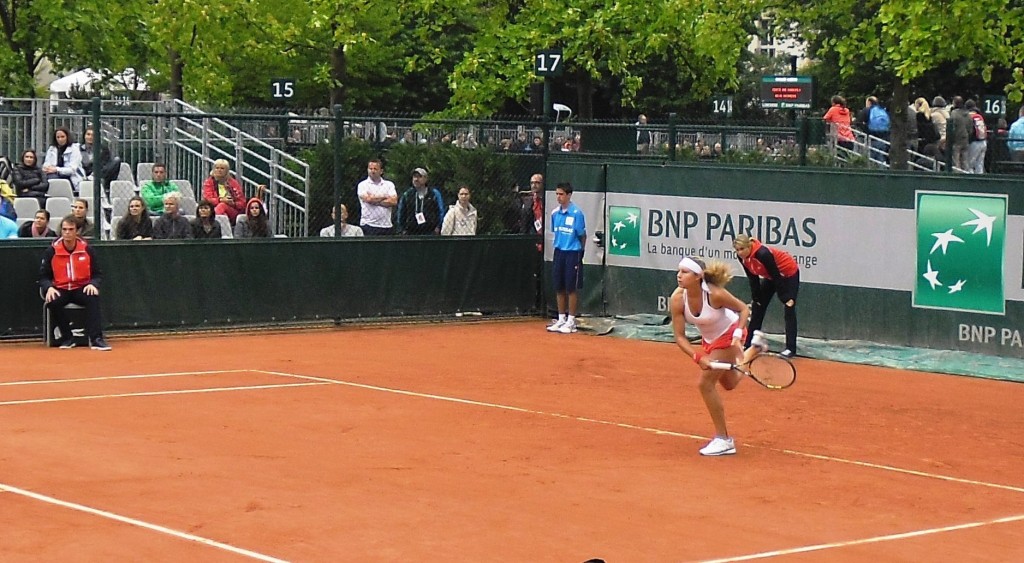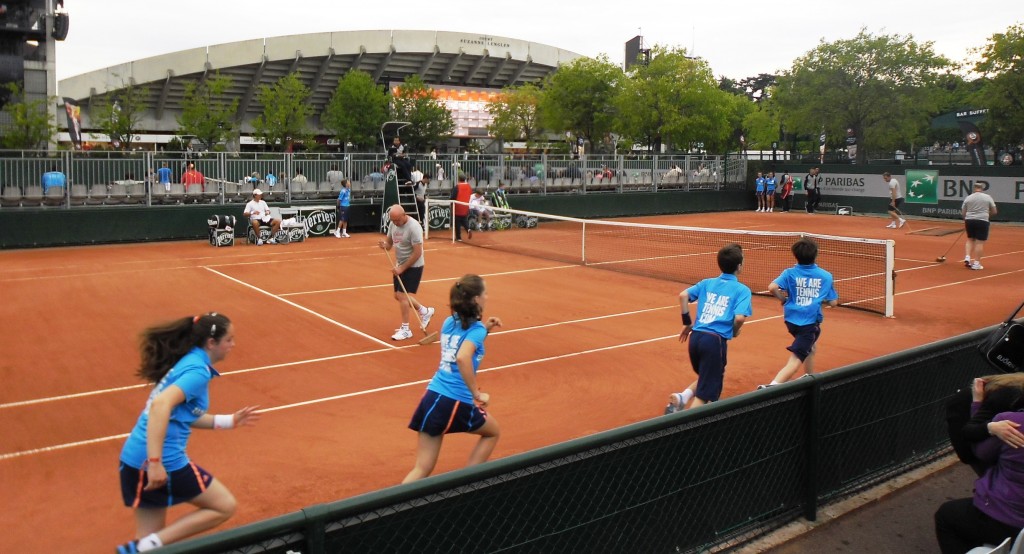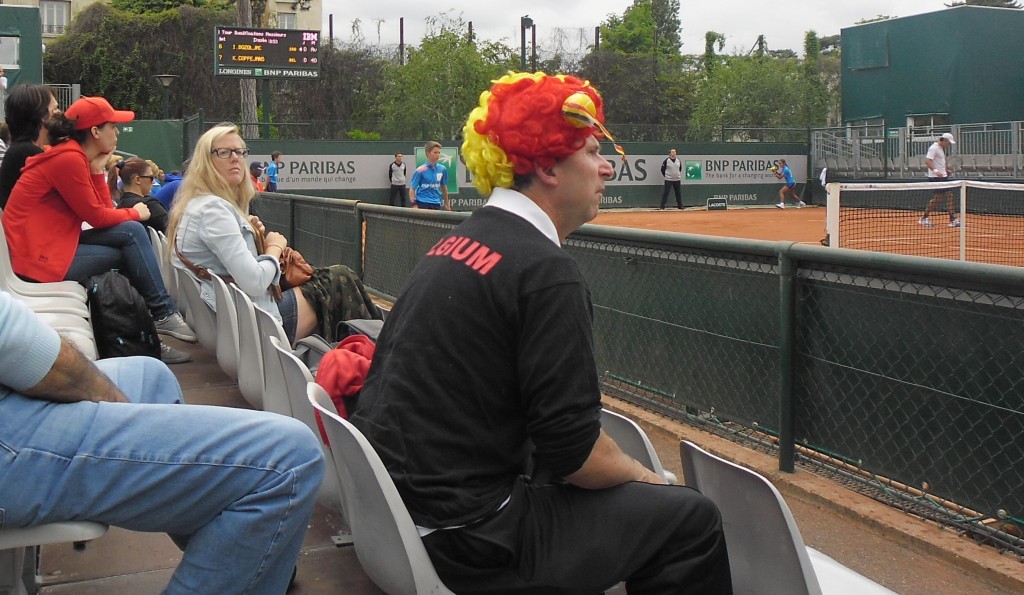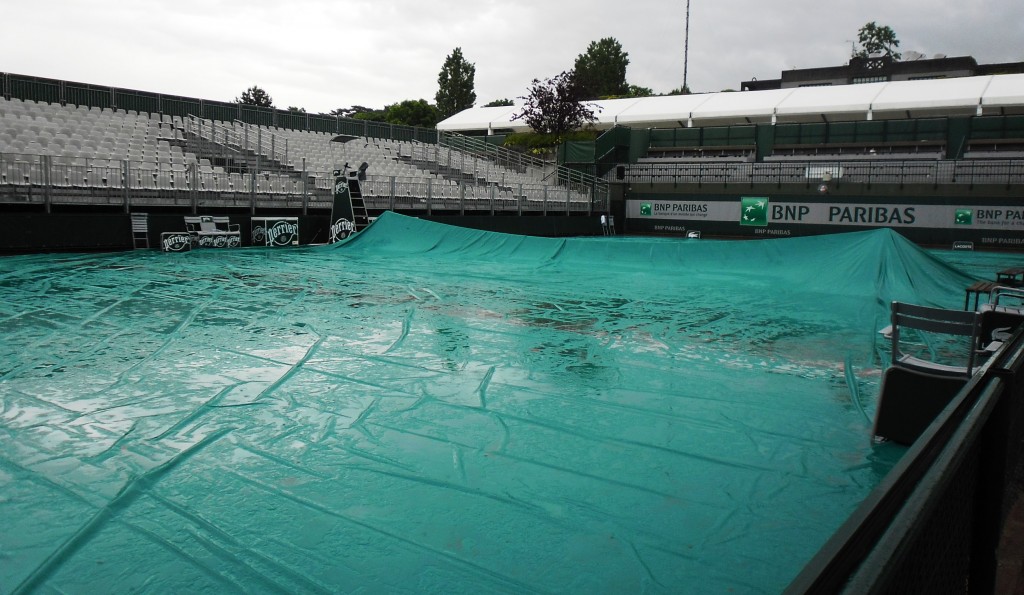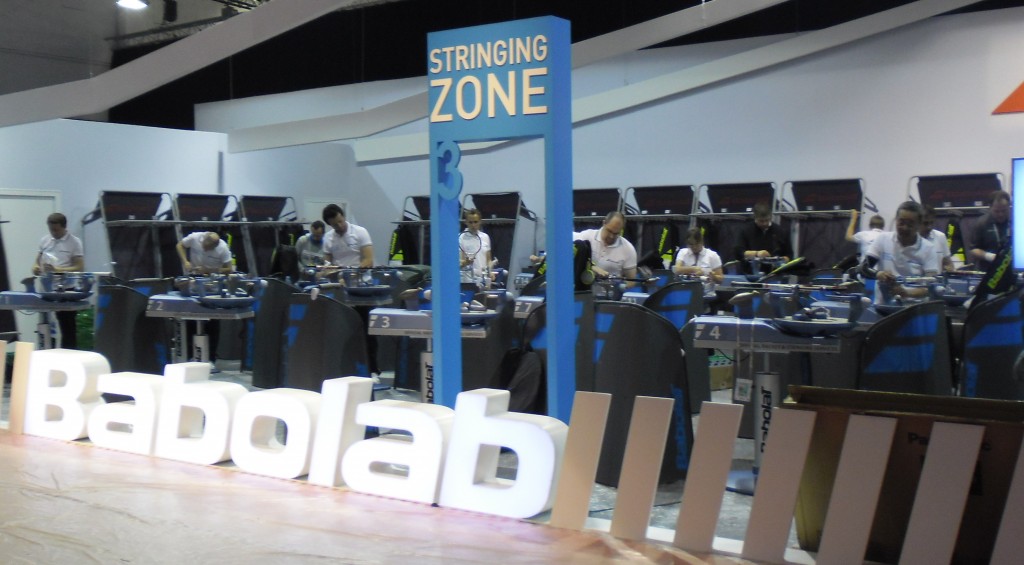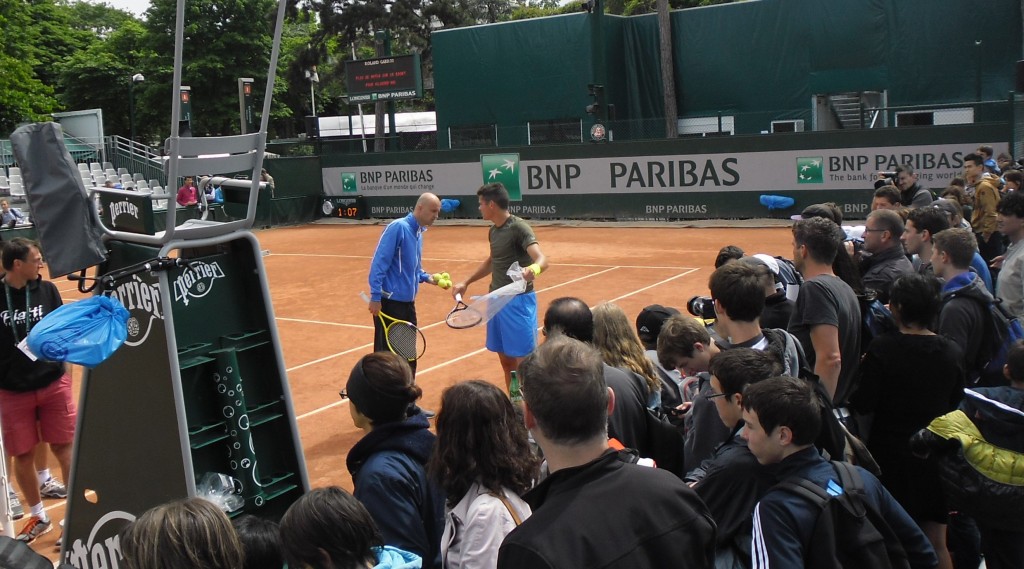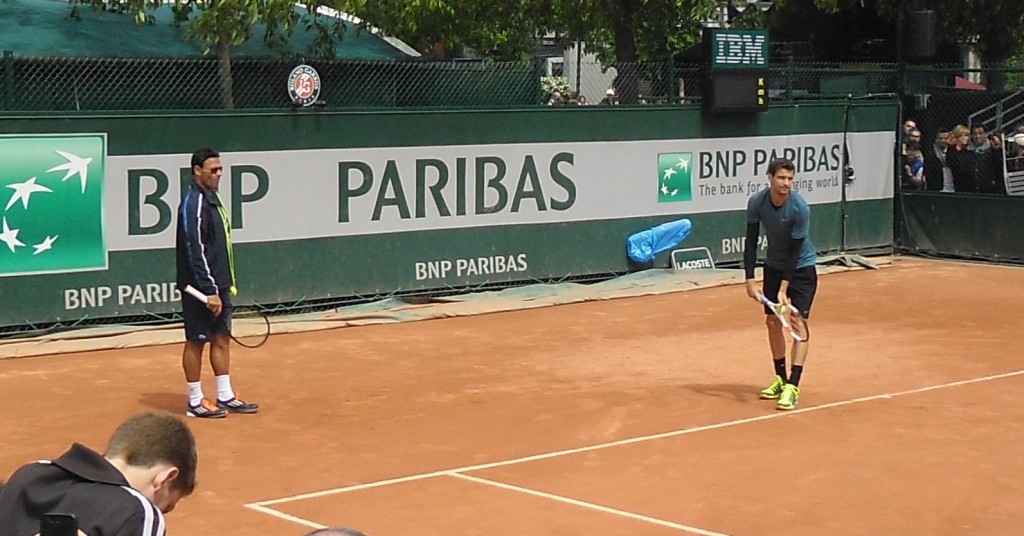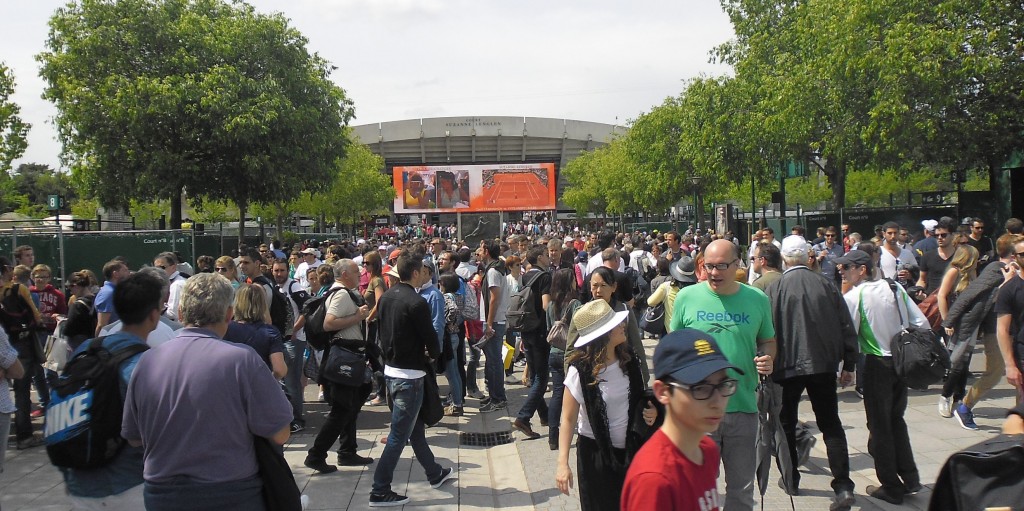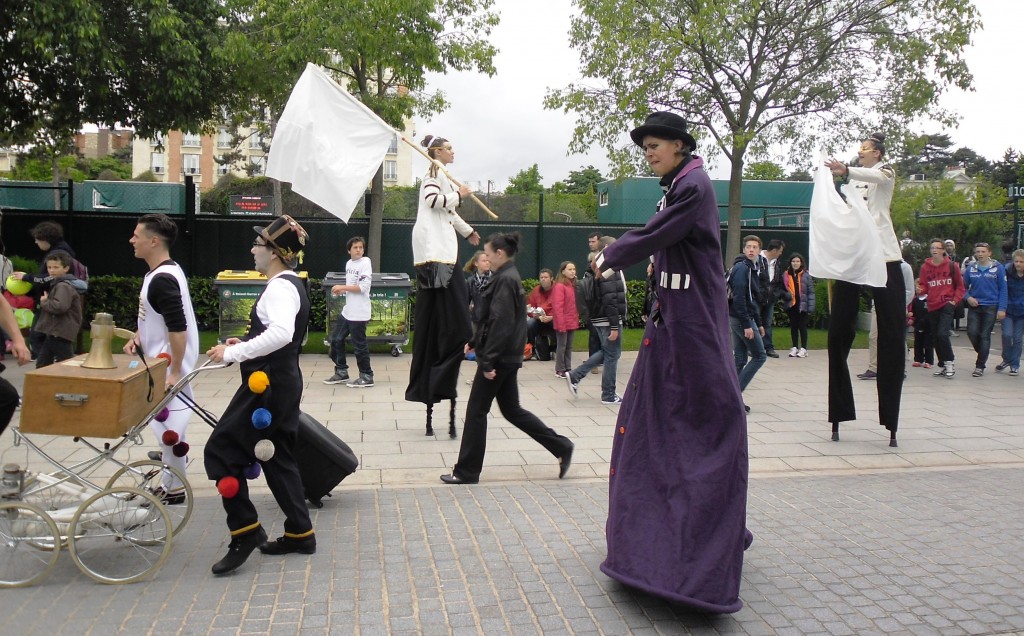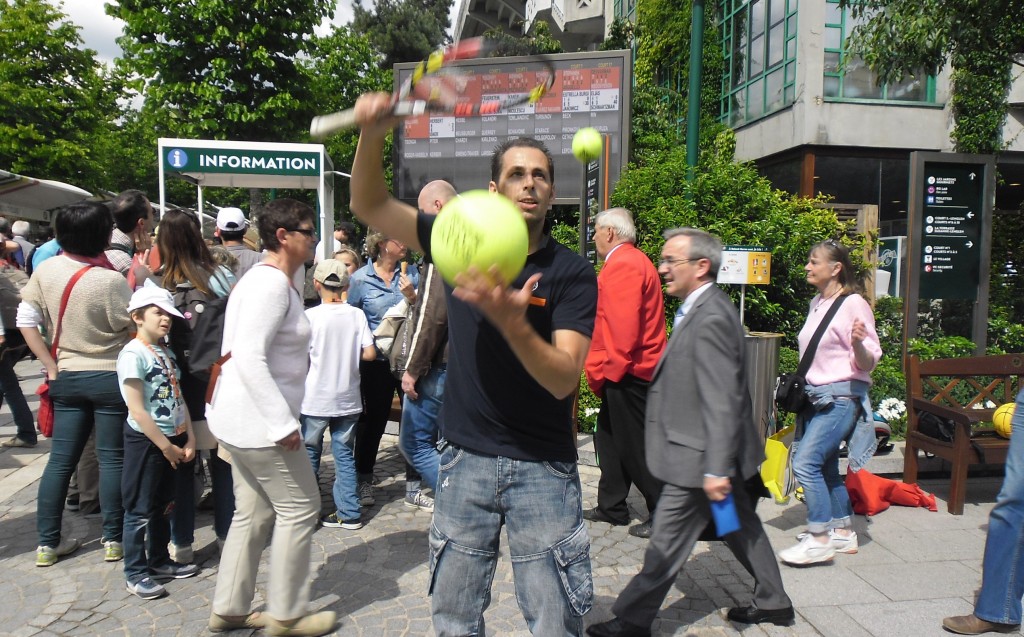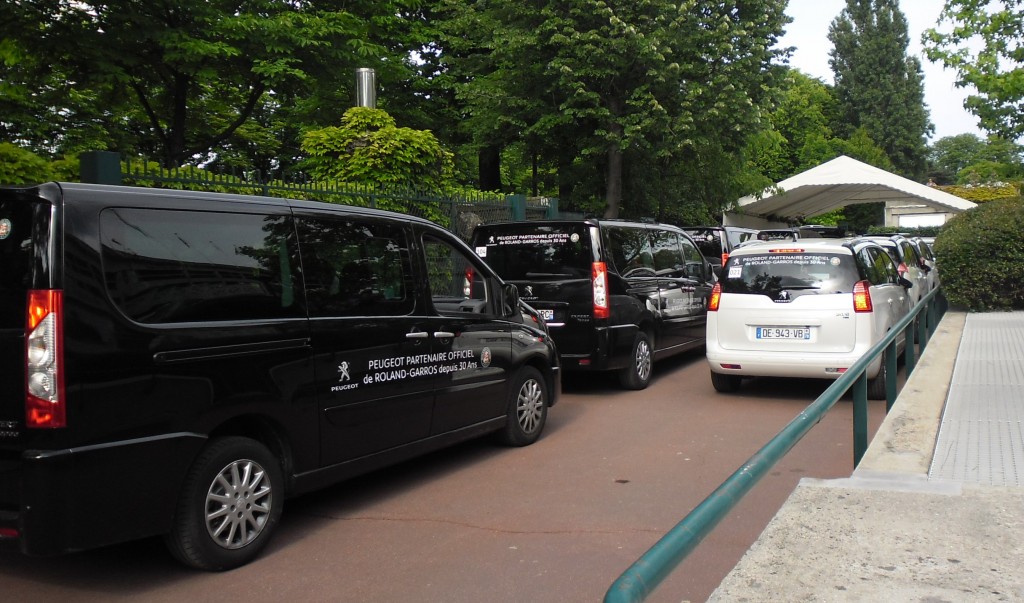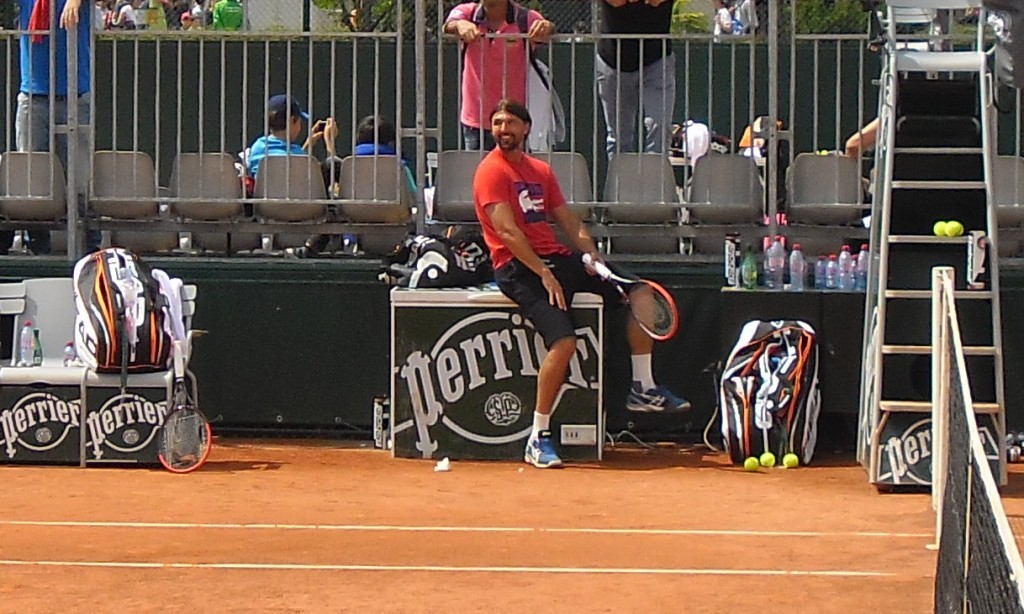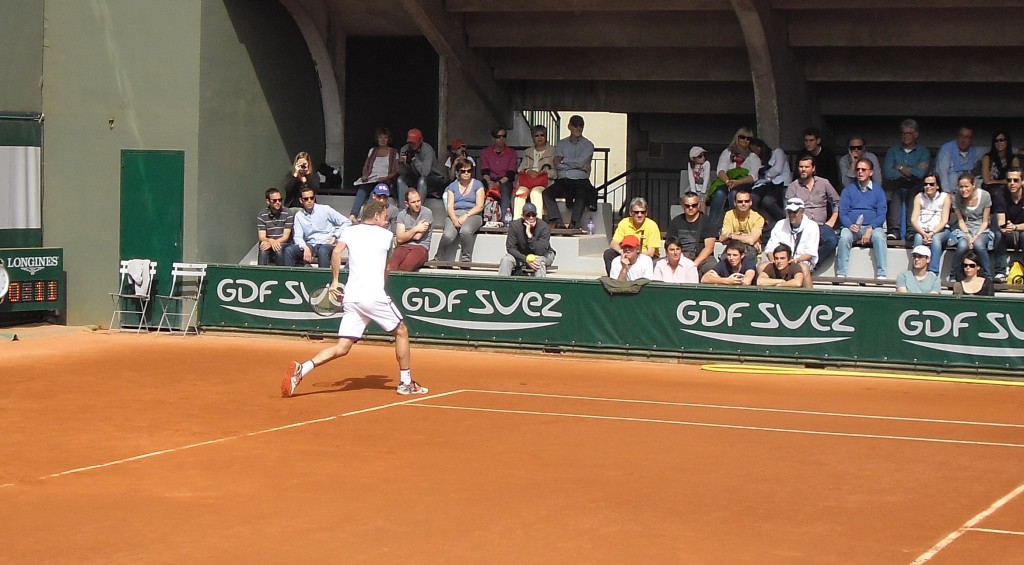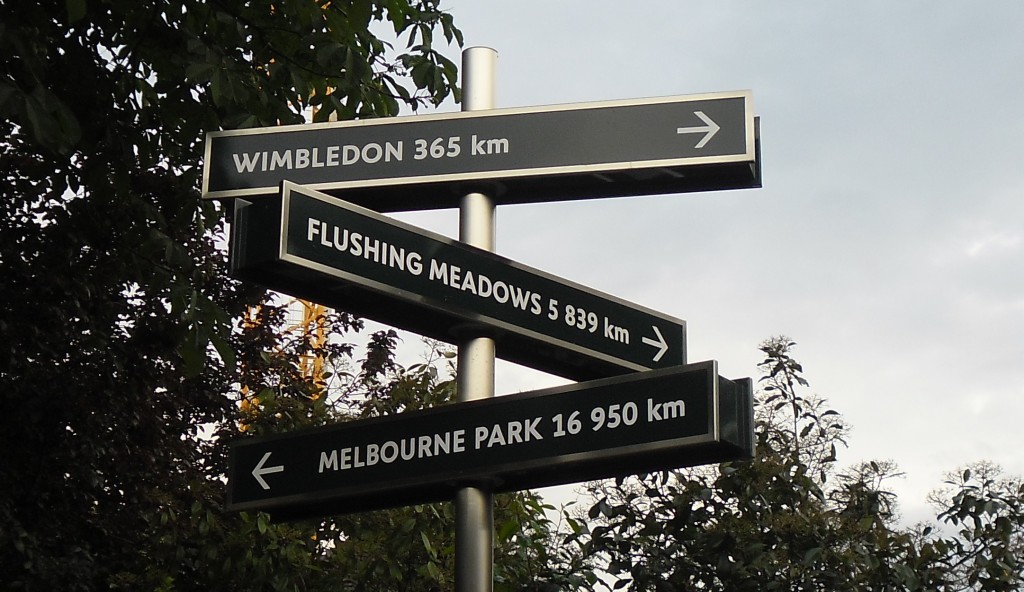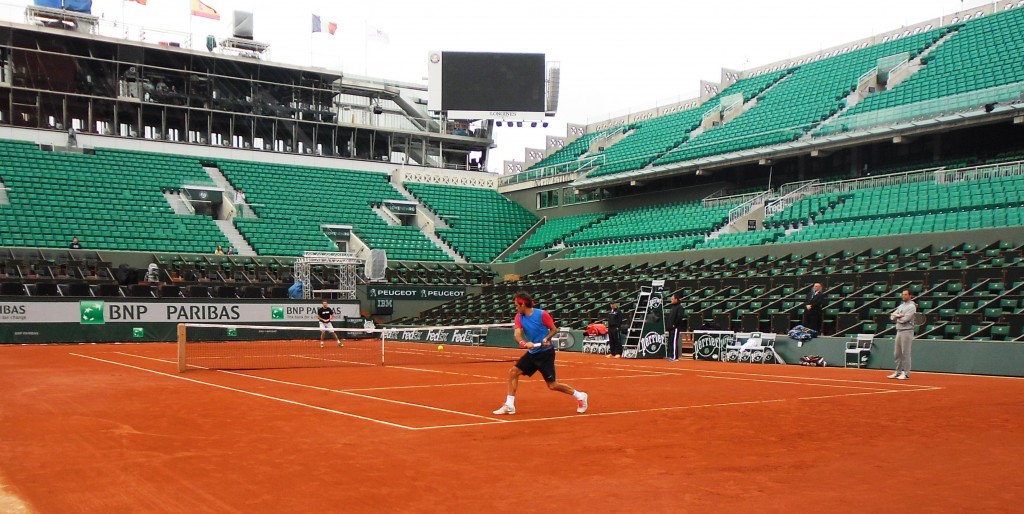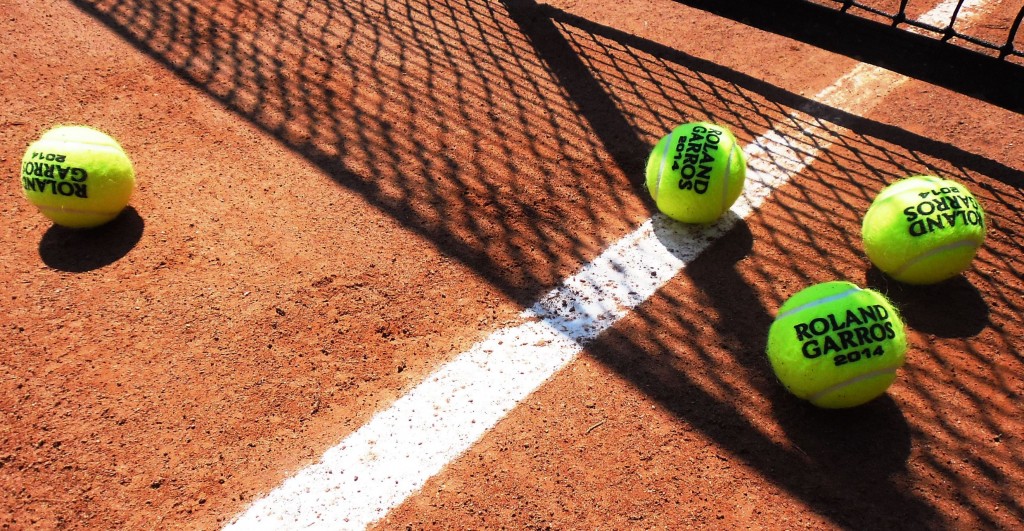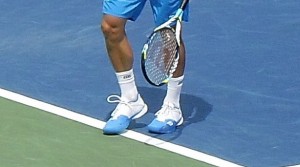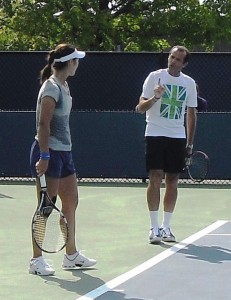 Last week Gasquet revealed that he had come to an agreement with Sergu Bruguera, the two-time French Open Champion (1993-94), and that the Spaniard will begin his duties in February of 2014. This is on the heels of a bizarre development during the ATP Tour Finals in London, when Ricardo Piatti abruptly walked away from coaching Gasquet after his second loss in the round-robin matches. Gasquet admitted to being in shock as much as anyone else, especially considering that he was closing the curtain on his career’s most successful season that culminated in qualifying for the year-ending even in London, reserved for the top eight players of the year. By the way, Gasquet also employs Sébastien Grosjean as a coach with whom Piatti was splitting his duty. Thus, Bruguera will become co-coach with Grosjean, probably spending more time with the player over the year. Why? Because Grosjean is also the Davis Cup Captain for France, and he can’t quite be a full-time coach for a single player. In fact, he is the one who recommended Bruguera to Gasquet, meaning a coach suggested to his employer which co-coach to hire. Are you, the reader, keeping up with this? Because, you better get used to it. Coaching changes are coming at increased frequency, co-coaching has been the new trend for a few years, and some coaching changes are done quicker the replacement of a light bulb. Player-Coach duos like Li Na & Carlos Rodriguez (pictured below) who stayed together through the 2013 season are progressively in the minority.
Last week Gasquet revealed that he had come to an agreement with Sergu Bruguera, the two-time French Open Champion (1993-94), and that the Spaniard will begin his duties in February of 2014. This is on the heels of a bizarre development during the ATP Tour Finals in London, when Ricardo Piatti abruptly walked away from coaching Gasquet after his second loss in the round-robin matches. Gasquet admitted to being in shock as much as anyone else, especially considering that he was closing the curtain on his career’s most successful season that culminated in qualifying for the year-ending even in London, reserved for the top eight players of the year. By the way, Gasquet also employs Sébastien Grosjean as a coach with whom Piatti was splitting his duty. Thus, Bruguera will become co-coach with Grosjean, probably spending more time with the player over the year. Why? Because Grosjean is also the Davis Cup Captain for France, and he can’t quite be a full-time coach for a single player. In fact, he is the one who recommended Bruguera to Gasquet, meaning a coach suggested to his employer which co-coach to hire. Are you, the reader, keeping up with this? Because, you better get used to it. Coaching changes are coming at increased frequency, co-coaching has been the new trend for a few years, and some coaching changes are done quicker the replacement of a light bulb. Player-Coach duos like Li Na & Carlos Rodriguez (pictured below) who stayed together through the 2013 season are progressively in the minority.
If you have not heard, in 2013, Sharapova let Thomas Högstedt go after the second-round loss at Wimbledon, despite having a successful season until that loss, and having the best results of her career since Högstedt began coaching her in 2010. She hired and fired Jimmy Connors in less than a week, after one loss to Sloan Stephens in Cincinnati, in one of the quickest turnarounds in coaching-changes history, with Connors getting the news one day after announcing that the loss to Stephens was a bump on the road and he was looking forward to working with her. Sharapova has since hired Sven Groenefeld, and Högstedt has moved on to coaching Caroline Wozniacki.
Jo-Wilfried Tsonga, split from his coach Roger Rasheed in August because of, get this: “language barriers and geographical issues”. Uhm, how did they manage to collaborate for ten months with those kinds of complications? Why not simply announce “for reasons undisclosed”, “or private reasons” than produce such a tall tale? In any case, Rasheed moved on to Grigor Dmitrov since, and Tsonga recently hired Thierry Ascione and Nicolas Escude, – yes you guessed it: co-coaches. They also coach another Frenchman, Nicolas Mahut, joining a rare category: co-coaches simultaneously coaching their co-employers.
In the meantime, Simona Halep just split with her Coach Adrian Marcu following the most successful season of her career; Samantha Stosur hired the ex-Murray coach Miles McLagan after splitting with long-time coach David Taylor. I could go on and on, and I have not even mentioned Jelena Jankovic who certainly must hold the record for most coaching changes since her career rose to prominence.
The increasing frequency of coaching changes, the reduction in the durations of collaborations, the ever-expanding ‘co-coaching’ concept, and the results that some players have had without a coach begs the question, how much is the coach’s role in the player’s success? Moreover, who is helping whose career? Did Nick Bollettieri help Andre Agassi’s career more than Agassi ultimately helped Bollettieri, and his floundering academy, come back to limelight? Similarly, did Brad Gilbert help Agassi’s career or did Agassi actually make Gilbert’s career? In a more obvious and contemporary case, is Patrick Mouratoglu helping Serena’s career more than Serena is helping his?
There are no black-and-white answers to the preceding questions, but in any case, I would maintain that thinking that a coach is absolutely can lead to more disastrous consequences than choosing to be without one. Hiring a coach that does not fit the frame of what the player needs is more likely to happen if hiring a coach is seens as the only and absolute road to success. Roger Federer had arguably the best season of his career in 2004, and spent most of 2007 & 2008 without one. It is true that Severin Lüthi has supported him, but only since 2007 in any significant amount, and anybody who is familiar with that partnership will tell you that Lüthi’s function approaches being the ‘solid foundation’ of his team more than acting uniquely as a tennis coach. Tsonga spent over a year coachless, resulting in possibly the best 12-month period of his career in terms of results. Did Serena really have a successful year because of Mouratoglu or was it another routine year for Serena who has had 13 Slam titles and ‘Serena Slam’ far before she hired him? For now, I am more inclined to agree with the latter.
Gone are the days of long-term successful coach-player relationships, such as Bjorn Borg & Lennart Bergelin, Boris Becker & Ion Tiriac, Stefan Edberg & Tony Pickard, Steffi Graf & Pavel Slozil, and Sampras & Tim Gullikson, each lasting more than five years, at least. Currently, the only high-profile players who would fit that type of description are Rafael Nadal and Novak Djokovic. Lo and behold, they are the top two players in the world; and Serena Williams, the current number one women’s player in the world, got there years ago in the first place coached by the same person with whom she began playing tennis as a child. Thus, the question is not “does the coach serve a purpose?” The answer is obviously, yes! However, my answer to the conventional belief that a player is always better off with a coach than without one would be “not necessarily.” Not necessarily, because finding the right fit comprises of a tedious process that requires more than a trial-week at the local courts with a prospect coach; not necessarily, because if the right fit is not found, the time spent together can not only turn to waste, but it can regress the player’s development; not necessarily, because a player who feels rushed to get a coach will hire one after another for short periods of time until finding the right fit, and will face continuous adaptation periods, confusion, and interrupted developments in technique. On the one hand, I agree that any player will thrive with the right coach who aims for long-term success and knows the player’s ‘soul,’ because coaching is not just telling the player to ‘follow-through’ or ‘move the feet.’ On the other hand, a player without a coach, and spending that period of time to reflect on his/her game while taking the time to do a sensible search for a new coach, has a better chance of success than a player who hires a coach simply due to the belief that having a coach trumps not having one.

